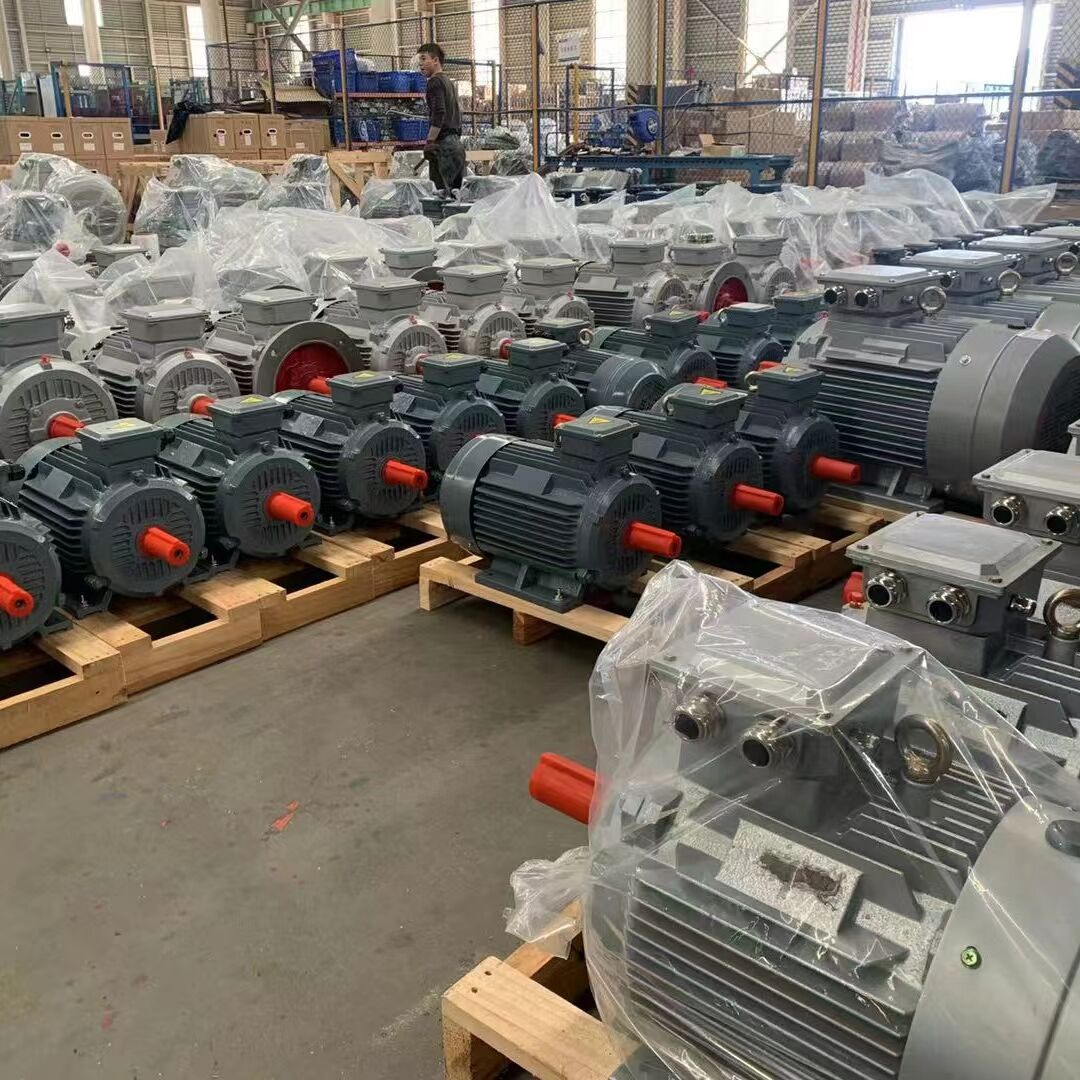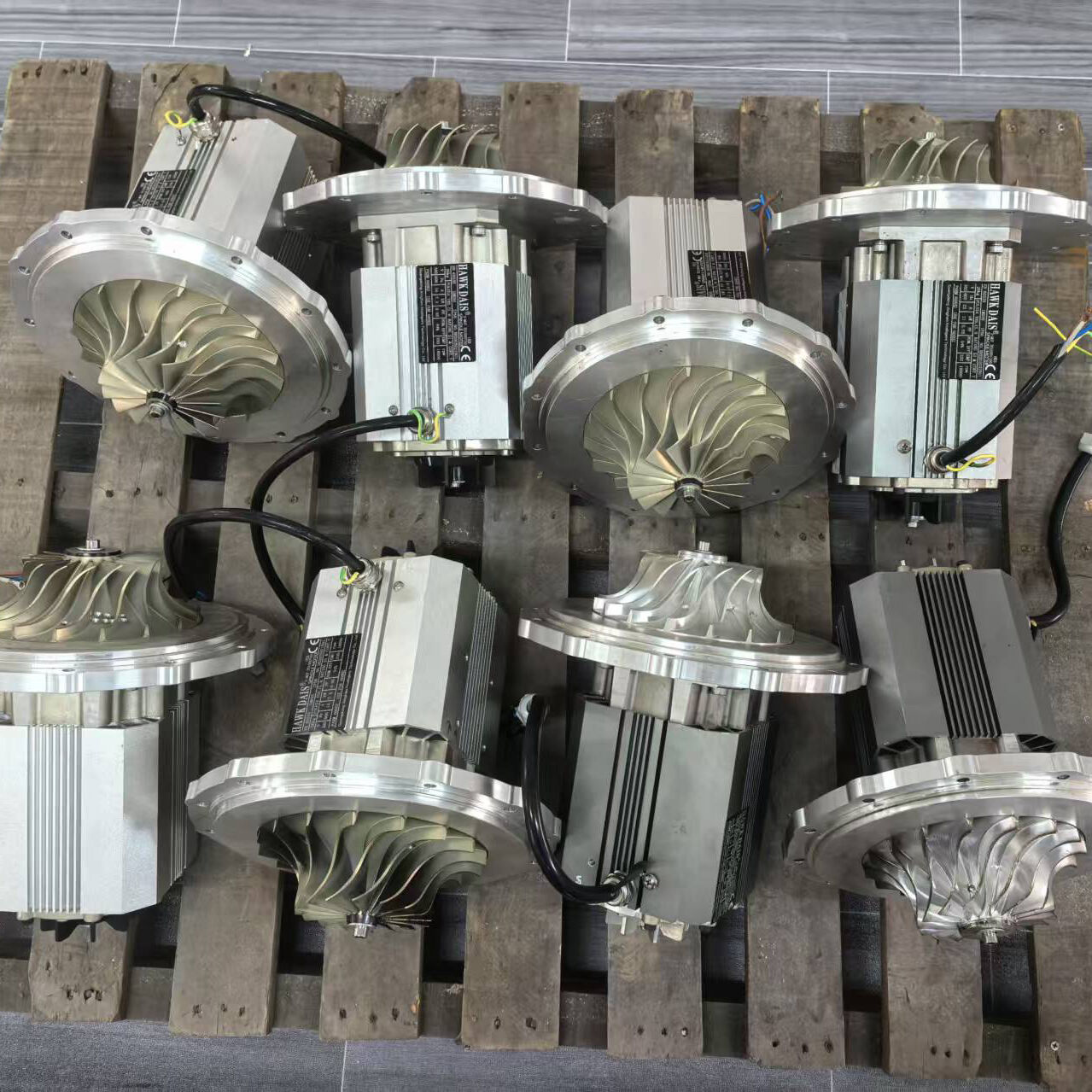motor rotor and stator
The motor rotor and stator are fundamental components that form the heart of electric motors, working in perfect synchronization to convert electrical energy into mechanical motion. The stator is the stationary outer component containing wound coils of wire that create a magnetic field when energized. The rotor, mounted on bearings that allow it to spin freely, is the rotating inner component that responds to this magnetic field. Together, they create electromagnetic interactions that produce rotational force. Modern motor rotors and stators incorporate advanced materials like high-grade silicon steel laminations to minimize energy losses and enhance efficiency. The stator typically features precisely designed slots that house carefully wound copper or aluminum conductors, while the rotor may utilize either permanent magnets or conductive bars depending on the motor type. These components find extensive applications across various industries, from household appliances and power tools to industrial machinery and electric vehicles. The design and construction of both components are crucial for determining the motor's performance characteristics, including torque output, speed range, and overall efficiency.



